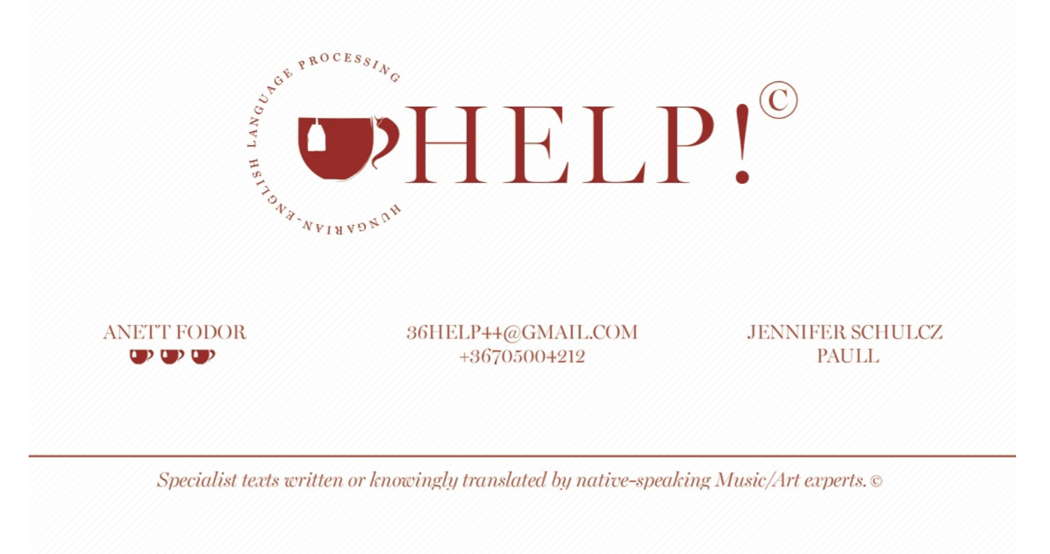 DISCUSSION: What is a work? John Dante Prevedini leads a discussion about The performing artist as co-creator, including contributions from Halida Dinova, Yekaterina Lebedeva, Béla Hartmann, David Arditti and Stephen Francis Vasta.
DISCUSSION: What is a work? John Dante Prevedini leads a discussion about The performing artist as co-creator, including contributions from Halida Dinova, Yekaterina Lebedeva, Béla Hartmann, David Arditti and Stephen Francis Vasta.
EXCEPTIONAL PROVENANCE

ANETT FODOR tells the story of
Beethoven, Liszt and the Little Broadwood
The London piano manufacturer, Thomas Broadwood, visited Ludwig van Beethoven when he was staying in Vienna. He realised immediately that the Master was suffering from impaired hearing. Broadwood was a great admirer of Beethoven and a few months later, he gave him a six-octave piano that had been carefully selected by world-renowned pianists. English pianos were known to have a more powerful and stronger sound than Viennese instruments at the time. Thomas Broadwood hoped that with his gift, he would be helping the composer.
The 'package' left London in December 1817. It arrived in Trieste after a long journey of several months. From there, it was taken to Vienna by cart. The generous giver, himself, covered the costs of transport between the English and Austrian capitals. The Imperial Court made a special exemption and arranged for import duty to be wavered.
Beethoven was working on his famous Hammerklavier piano sonata (Op. 106) when the mahogany instrument arrived. He used this precious gift for the rest of his life. Soon after his death (1827), the piano was put up for auction. Ten years earlier, it had been one of Europe's most modern pianos. One decade later, due to what was by then considered its restricted volume, added to its poor condition, made it extremely difficult to sell.
In the end, the piano became the property of Dr Carl Anton Spina. This famous Viennese art dealer was aware that the little Broadwood had a high intrinsic value thanks to its exceptional provenance.
When he was working in Diabelli's publishing house in Vienna, Spina met Ferenc Liszt several times. The art dealer felt such reverence for the Hungarian musician that he gave the piano as a gift to Liszt in 1845. In the following years, the composer kept his predecessor's valuable instrument in his library in Weimar.
On the fiftieth anniversary of his own creative and artistic work, the aging Liszt offered Beethoven's historical relic along with many other precious objects to the Hungarian National Museum in Budapest. He announced his intention in a letter written to the Museum's curator Ferenc Pulszky on 3 May 1873.
The instrument was first exhibited fourteen years later, after the Hungarian musician's own demise. Since then, it has needed both minor as well as more substantial repairs so that it could be used in both concerts and recordings. During the bicentennial celebrations of Liszt's birth in 2011, Beethoven's Broadwood piano became the artefact of the year in Hungary.

Beethoven's Broadwood piano in the Hungarian National Museum, Budapest.
Source: mnm.hu
Some years ago, I was lucky enough to see this carefully kept and securely guarded instrument in the Hungarian National Museum. I still can't understand how Beethoven was able to compose technically demanding works on the six-octave, relatively weak and small-sized Broadwood. After all, these works still remain an enormous challenge for today's pianists with modern instruments.
Copyright © 3 April 2020
Anett Fodor,
Győr-Moson-Sopron, Hungary

FURTHER INFORMATION: LUDWIG VAN BEETHOVEN
FURTHER INFORMATION: FRANZ LISZT

Advertisement


